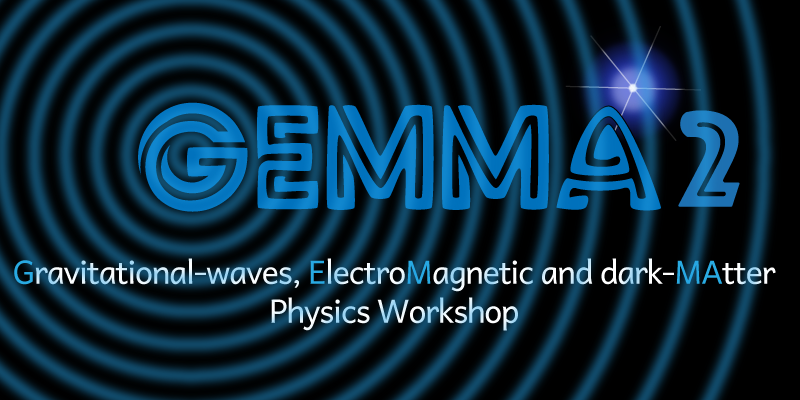Description
Merging binary black holes are sources unique to GW astronomy. Binary black holes of stellar mass form ubiquitously in galaxies and supermassive black holes of millions to billions of solar masses are found ubiquitously at the centres of today galaxies. Some of these supermassive black holes pair in close binaries following galaxy collisions and will be detected by the Laser Interferometer Space Antenna (LISA), the first mission to explore the low frequency Gravitational Universe. Merging black holes on both mass scales are unrivalled laboratories for testing extreme gravity, extreme environments, and exquisite astronomical sources for gaining insight into the origin and evolution of massive stars and black holes in the Universe. With a leap in sensitivity and increased frequency bandwidth Einstein Telescope on one side, and with LISA's sensitivity at mHz frequencies on the other side, these mergers will be observed back to cosmic dawn, when the first structure are forming. Thus, ET and LISA will chart how black hole populations evolve with cosmic time, discover a broader range of masses, connect stellar-mass black holes with the supermassive ones, obtain precision measurements of black hole properties, and finally resolve the mysteries of their formation and evolution. In this talk I will overview the deep synergies existing between ET and LISA that will enhance their science reach.

